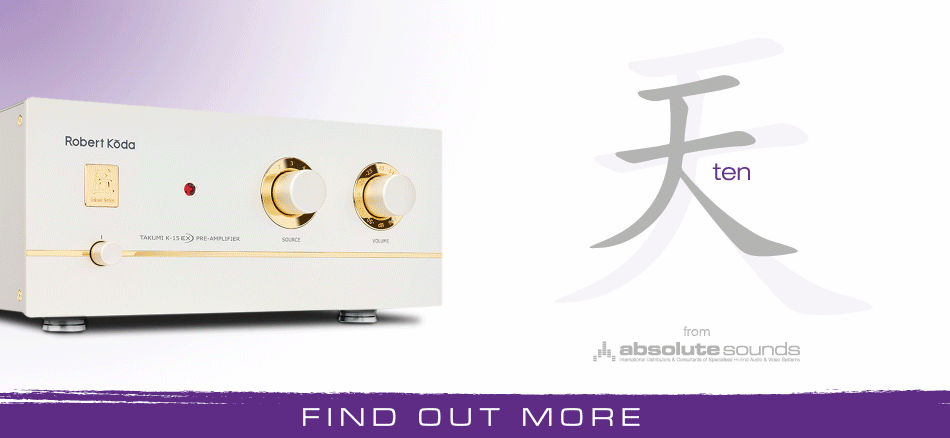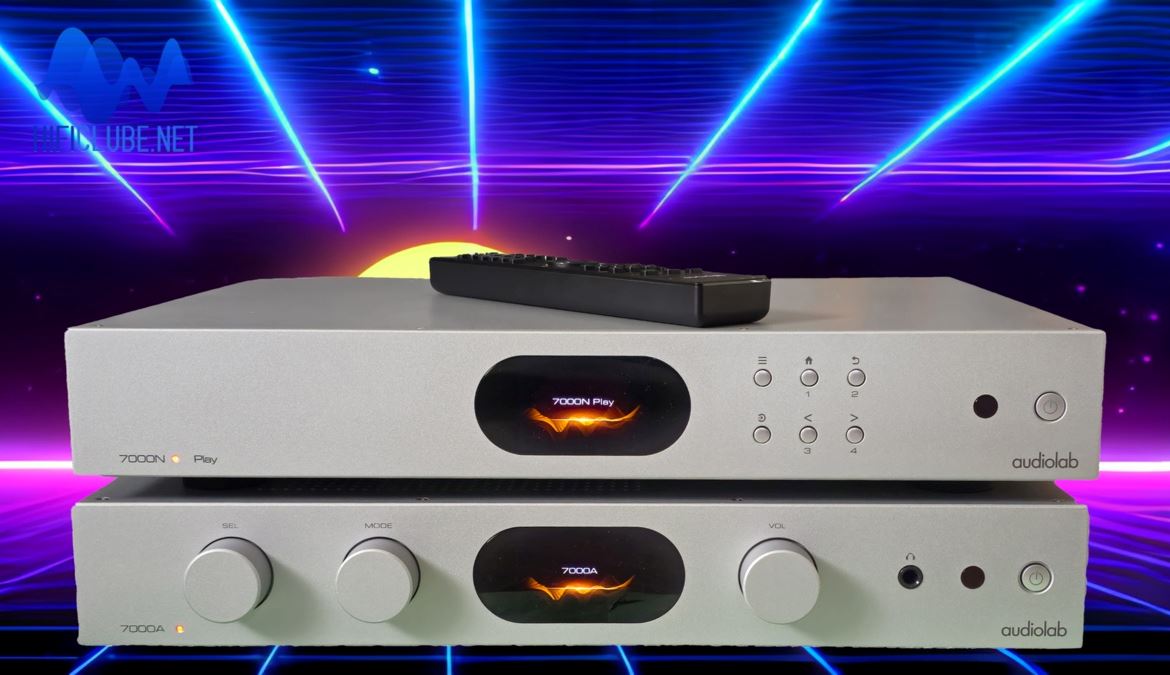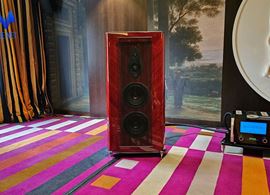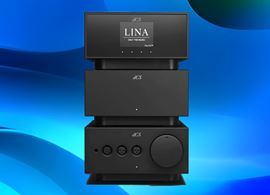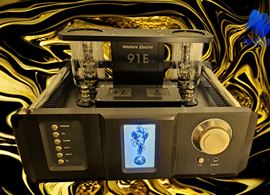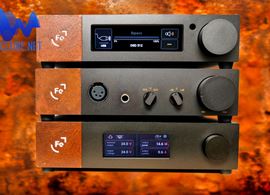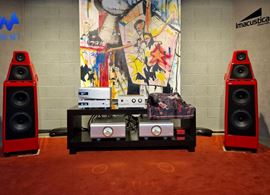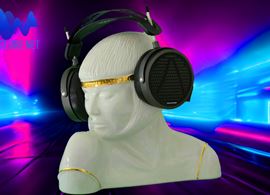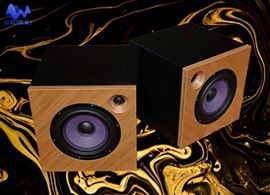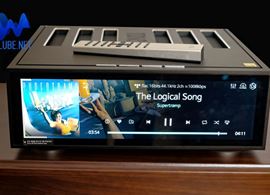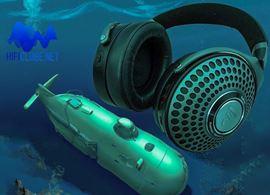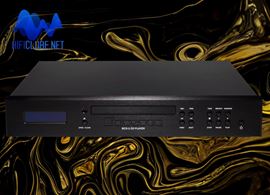Ler artigo completo em Português
The Audiolab 7000A is a 1299€ integrated amplifier that can handle a variety of digital and analogue sources. But it takes two to tango and enjoy the benefits of streaming services. Therefore, you need a partner like the 7000N network player.
The Audiolab 7000A and the 7000N are part of a trilogy that also includes the 7000CDT, a CD transport only, that can feed digital signals from physical media to the 7000A.
Sarte Audio kindly sent me the first two to test, but not the 7000CDT. The 7000A is the star of the show, as the 7000N Play has some idiosyncrasies of its own that limit performance and compatibility, due in part to the DTS Play-Fi, an application for accessing Tidal, Deezer, Qobuz, Amazon, Spotify, etc.
Continuous evolution
In 2021, I reviewed the Audiolab 8300A, an all-analogue integrated amplifier that stood out for its ability to drive demanding speakers with good dynamics and low distortion.
The 7000A is a newer model that adds a digital section and some extra functionalities while also retaining an analogue design by Jan Ertner with excellent performance.
Powerful and versatile
The 7000A is thus an upgrade of the previous 6000A model and has some notable improvements. It has more output power, delivering 70 watts per channel at 8 ohms and 110 watts at 4 ohms, thanks to a 250VA toroidal transformer and capacitors with a reserve of 60,000uF.
Sleek design
The 7000A has a sleek and solid design that follows the recent Audiolab corporate image. It features an elliptical colour display, an aluminium front plate, and three rotary/push buttons with dual functions: Selector/Input for sources, Mode for Menu/Input, and Volume/Mute. It also has a headphone output on the front panel. The mode button allows you to select various options, such as Upsampling, digital filters (five in total), balance, but not tonality, and analogue or digital VU meters (see photos).
Furthermore, the 7000A has an HDMI ARC input for receiving audio signals from a TV, a special headphone amplifier that can drive headphones with an impedance of 20 to 600 ohms, and a built-in MM phono stage.
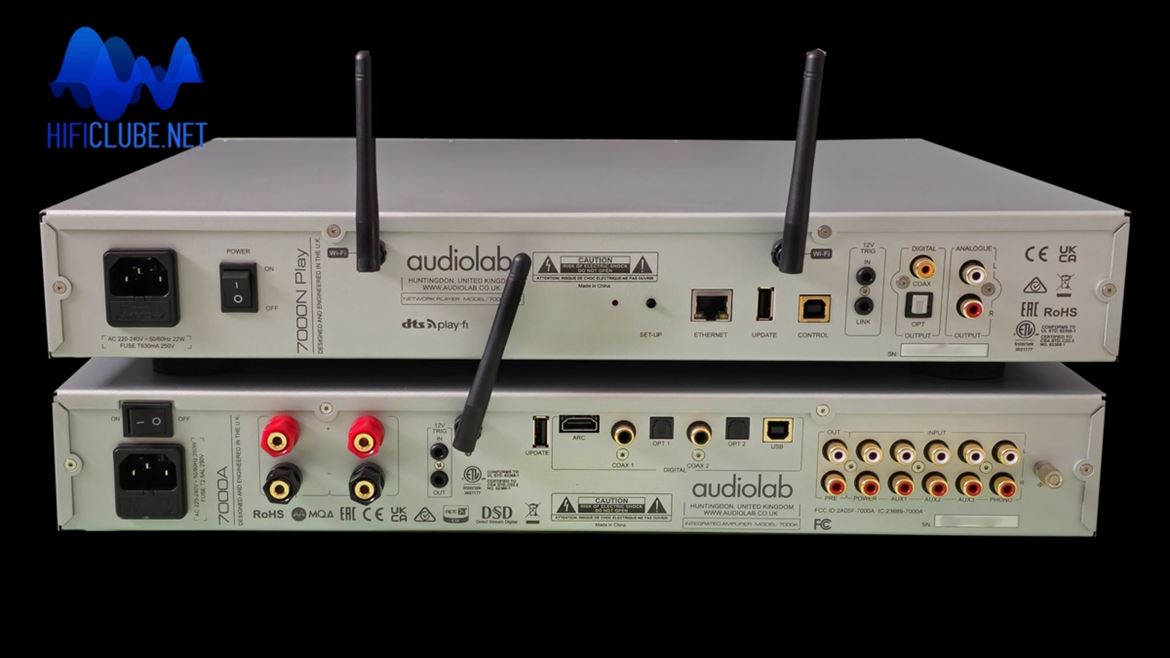
Connect the N-Play to the 7000A via coaxial cable to enjoy the benefits of MQA streaming and high resolution.
Finally, the 7000A has three analogue line inputs, one of which can be configured as a pre or sub output, and a bypass mode that allows it to operate exclusively as a power amplifier.
Bluetooth, MQA, DSD, Roon
The new DAC ESS Sabre 9038Q2M supports PCM up to 32-bit/768kHz and DSD up to DSD512 via USB. Additionally, it has two coaxial and two optical inputs that support PCM up to 24-bit/192 kHz and a Bluetooth 5.0 receiver that supports the aptX and aptX LL codecs. Another feature that sets the 7000A apart from its predecessor is the MQA decoder, which can unfold MQA files from streaming services such as TIDAL up to maximum resolution (352.8kHz). The 7000A is also Roon-tested, ensuring seamless integration with Roon software for music management and playback.
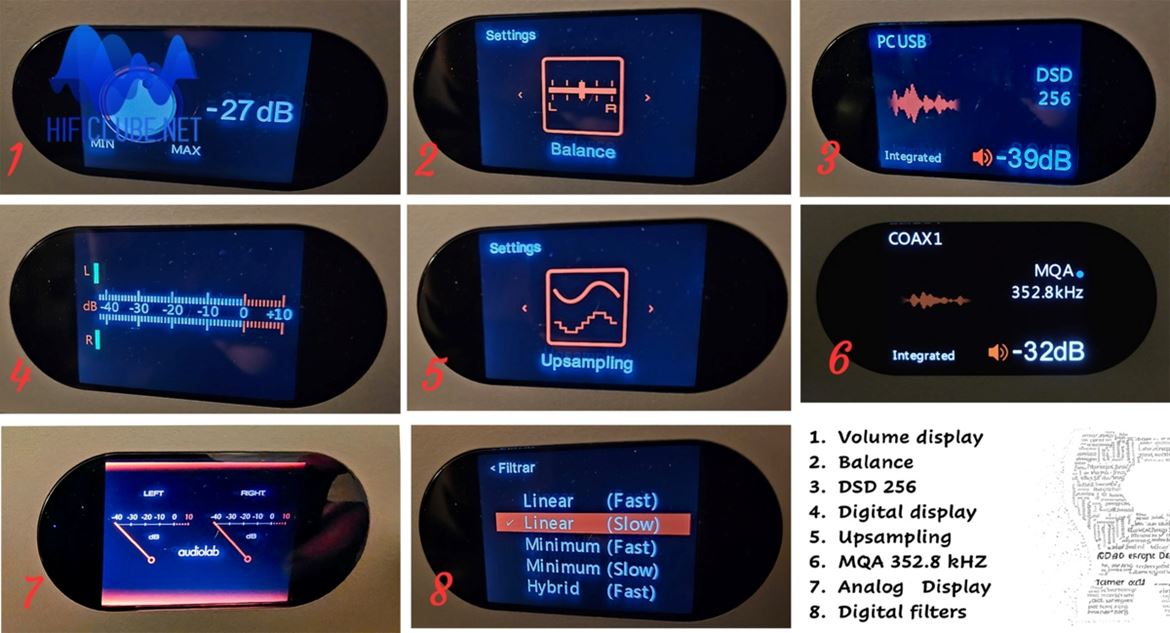
Audiolab 7000A menu: a versatile toy.
Smooth operation
I used the 7000A with a PC as the source, running Roon and JRiver software, and a pair of Sf Concertino speakers. The 7000A worked flawlessly and met (almost) all specifications, including Roon certification. It decoded MQA up to 352.8 kHz, PCM up to 786 kHz, and DSD up to 512 (with downsampling to 256). I listened to various music genres and formats, from classical to jazz, both PCM and DSD high-res files.
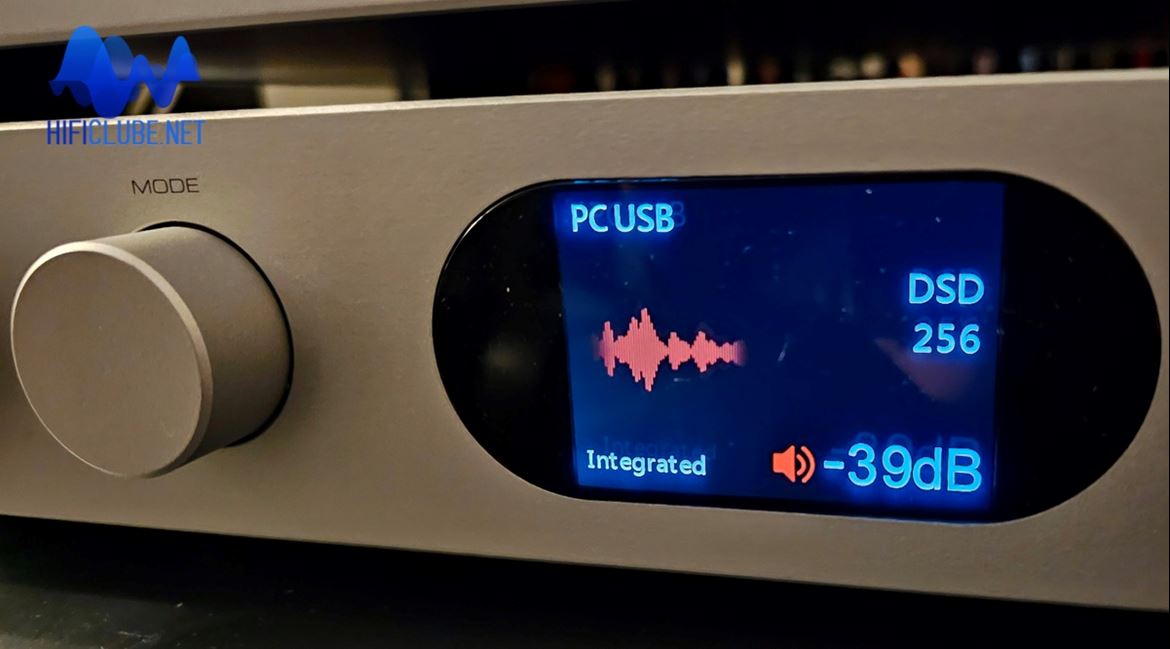
The Audiolab 7000A is compatible with DSD256.
Sound quality
The 7000A impressed me with its sound quality, which was detailed and punchy but smoothly balanced. It did not have the most dynamic or powerful sound because it always sounded smooth and musical, without any harshness or audible distortion. It reminds me of Electrocompaniet and even Densen, but with a more amiable character. It also boasted a good soundstage, creating a realistic listening experience.
The 7000A was a pleasure to listen to for hours, with the available power being more than sufficient for home use. The DAC is so good that I always chose it over the 7000N-Play DAC, especially in Upsampling mode (choice of filters is disconnected in this mode).
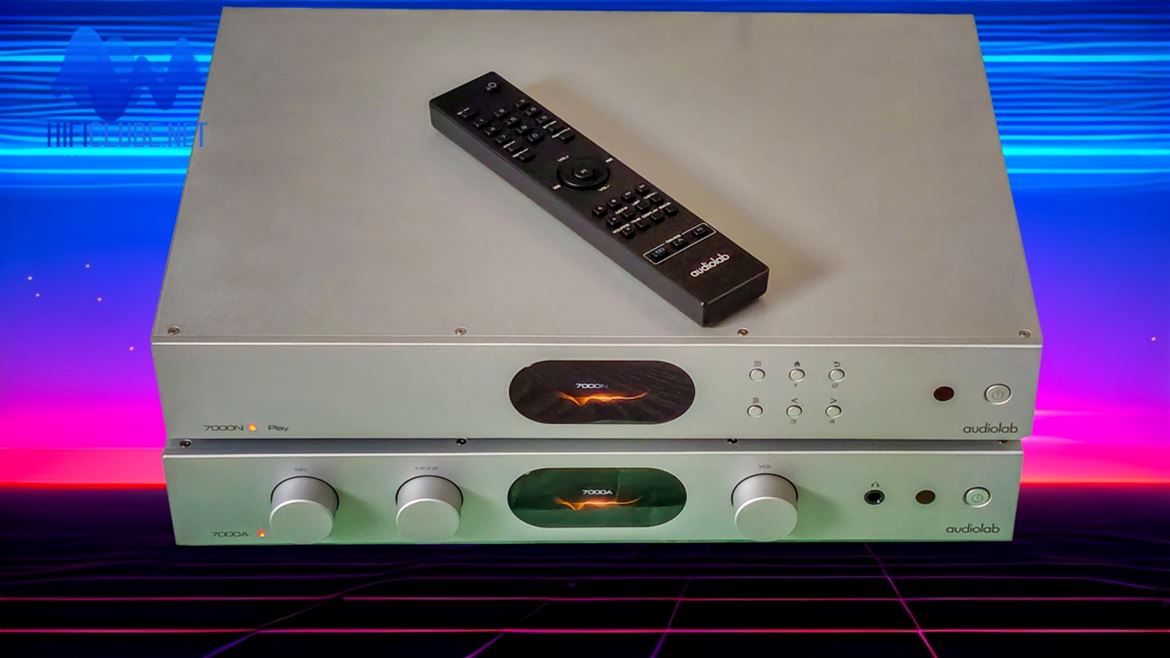
Audiolab 7000A+NPlay. It takes two to tango.
Audiolab 7000N Play
The N-Play does not support Bluetooth, DSD, or MQA formats, unlike the 7000A, which can decode them via its USB B input. Therefore, I needed both devices to test the full range of digital sources and formats that the 7000A could handle, but only after I’d taught them how to dance the tango together.
The N-Play is a streamer with an inbuilt DAC and volume control that can be used as the sole source for a system with a pair of powered speakers, for example. However, I preferred to use it only as a 'digital streaming transport’.
I believe this is how Audiolab designed it, as a partner for the excellent Audiolab 7000A, which is much more versatile in digital terms but lacks streaming capabilities.
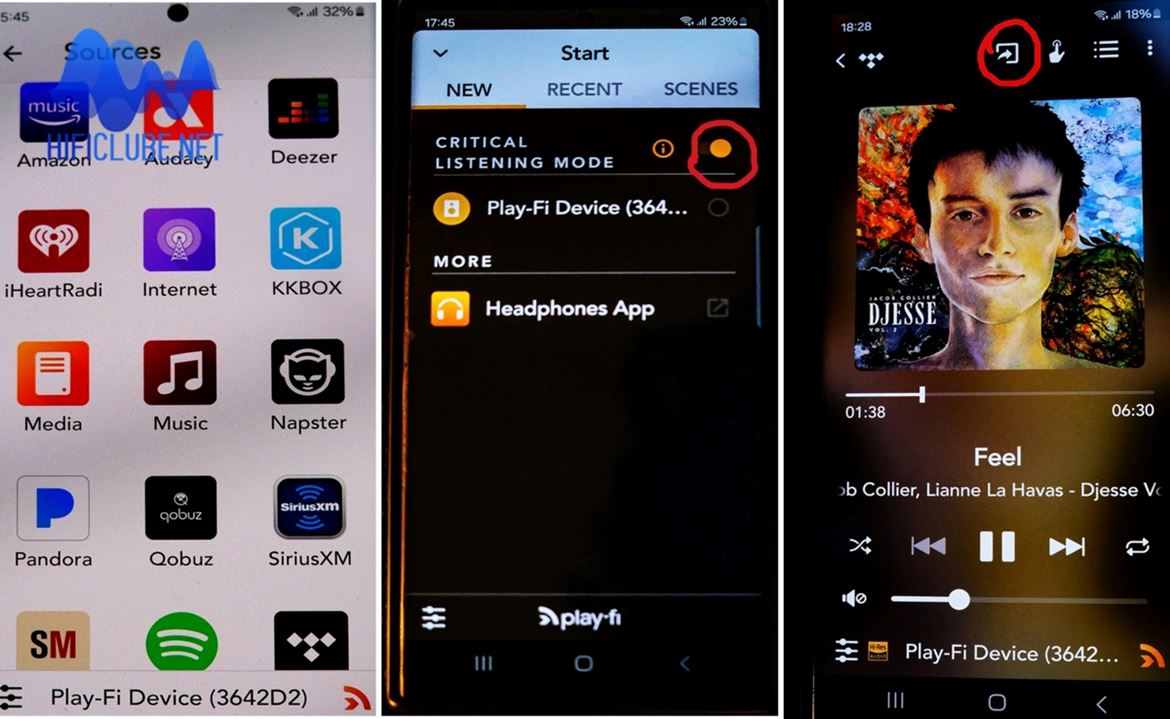
TS Play Fi: on the left, a list of streaming services; in the centre, the button activating the Critical Listening mode is marked in red; on the right, the button activating the Transfer Playback function is marked in red.
DTS Play-Fi workaround
The N-Play uses the DTS Play-Fi application, which has some inconsistencies: The default maximum resolution is Red Book (44.1 kHz), and that's all it gives you if you don't know how to overcome this limitation; and with Play-Fi, the digital data (streaming) must always go through your phone, which also limits the sound quality.
Fortunately, there are ways to overcome all these limitations, which are not explained in the tests on YouTube or in popular magazines like What HiFi? that simply copy the specifications but don't check if and how they are met.
Although the N-Play has its own voice, its true capabilities are best realised in a duo with the 7000A. Interconnect them with a coaxial cable*, and then complete the setup in the Play-Fi app:
Note: *The USB connection between the two is only used to control the volume with a single remote control.
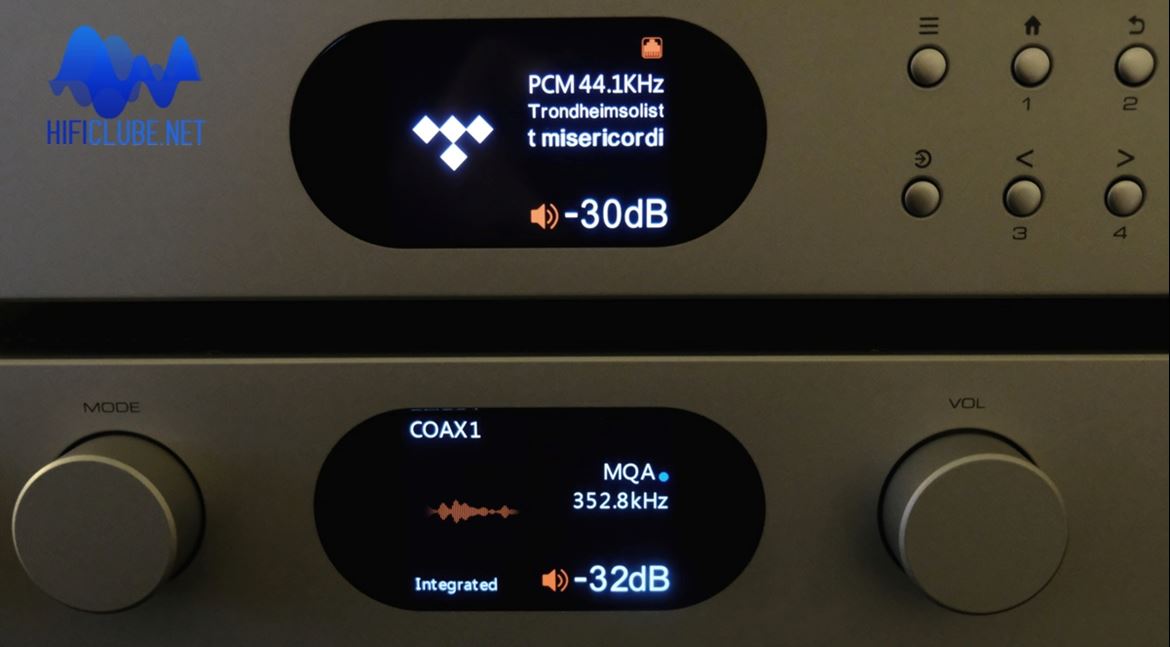
N-Play streams MQA, but you'll need the 7000A to decode it.
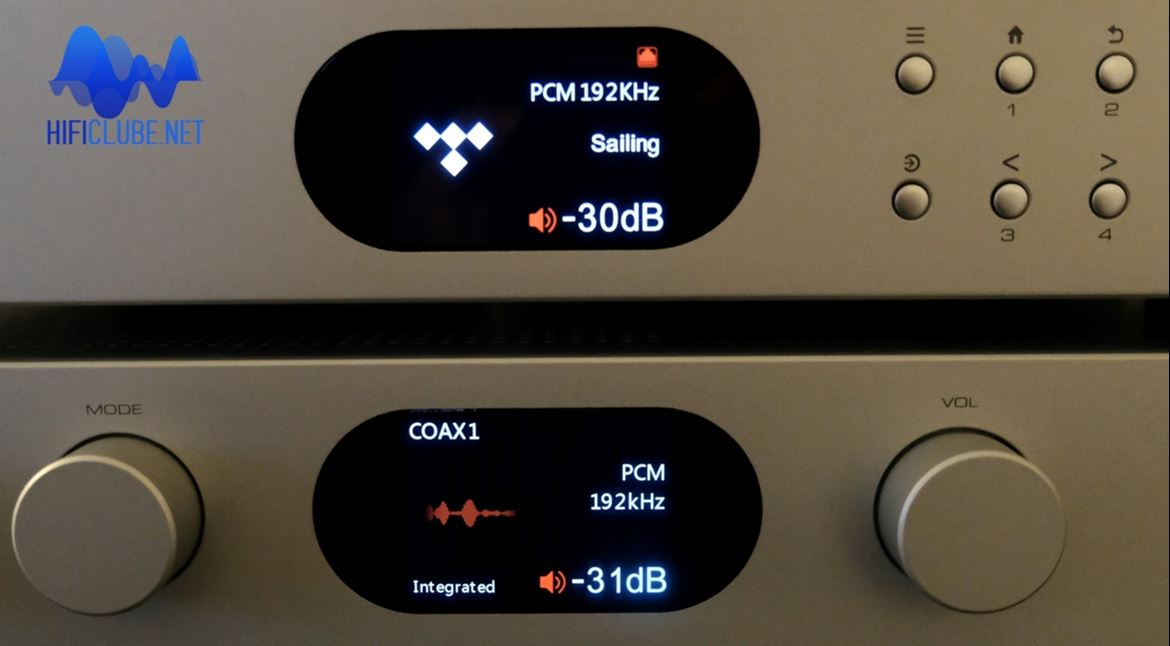
N-Play only transmits high-resolution signals via coax to the 7000A when the Critical Listening function is active (see video below).
How to setup the Play Fi app for better sound
- Activate the Transmit Playback function so that the digital data stream is transmitted directly from the router to the N-Play without passing through your phone.
- Activate the Critical Listening mode so that the N-Play transmits all encoded information to the DAC of the 7000A, both in terms of resolution (up to 24-bit 192kHz) and MQA (up to 352.8kHz). If you do not activate this mode, high-resolution files will always be played back at Red Book resolution (44.1/48kHz).
Note: You must activate the Transfer Playback function every time you change the album or playlist. The Critical Listening mode always remains active once it has been activated.
This may be a little confusing, but I've created a short video to make it easier for you.
DTS Play Fi Transfer and High Resolution settings
Conclusion
The Audiolab 7000A gets a strong recommendation from Hificlube.
For €1299, it's not easy to find an integrated amplifier with a DAC that rivals its sound quality.
At €699, the Audiolab N-Play is a relatively inexpensive streamer whose performance is only limited by the DAC and to a certain extent, the use of the Play-Fi app. But you’ve learned here how to work around these issues.
Nevertheless, with the right setup, the Audiolab 7000A/N-Play duo makes a very interesting solution for anyone looking for an amplifier/DAC/streamer system with performance on par with more expensive systems.
For more information contact:

